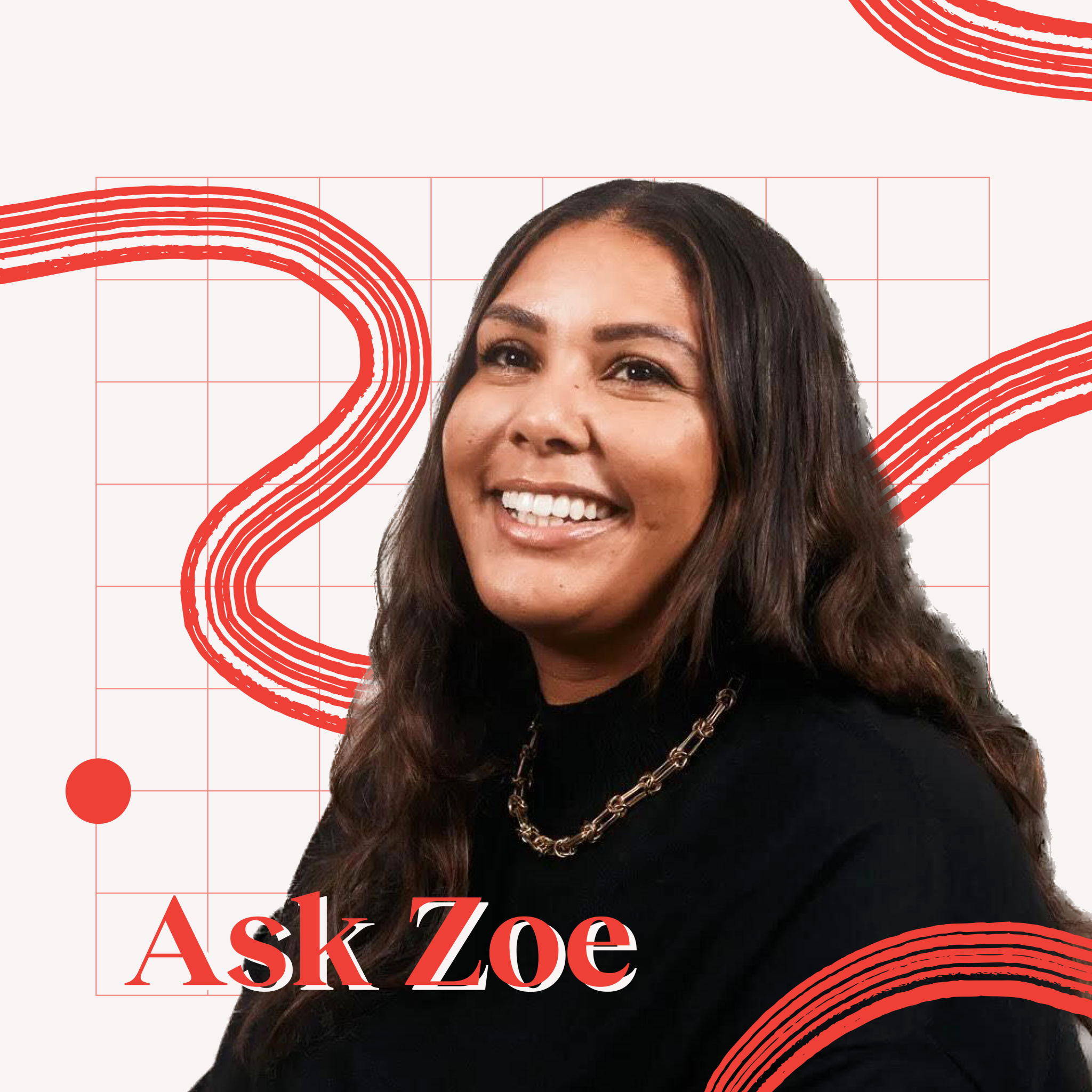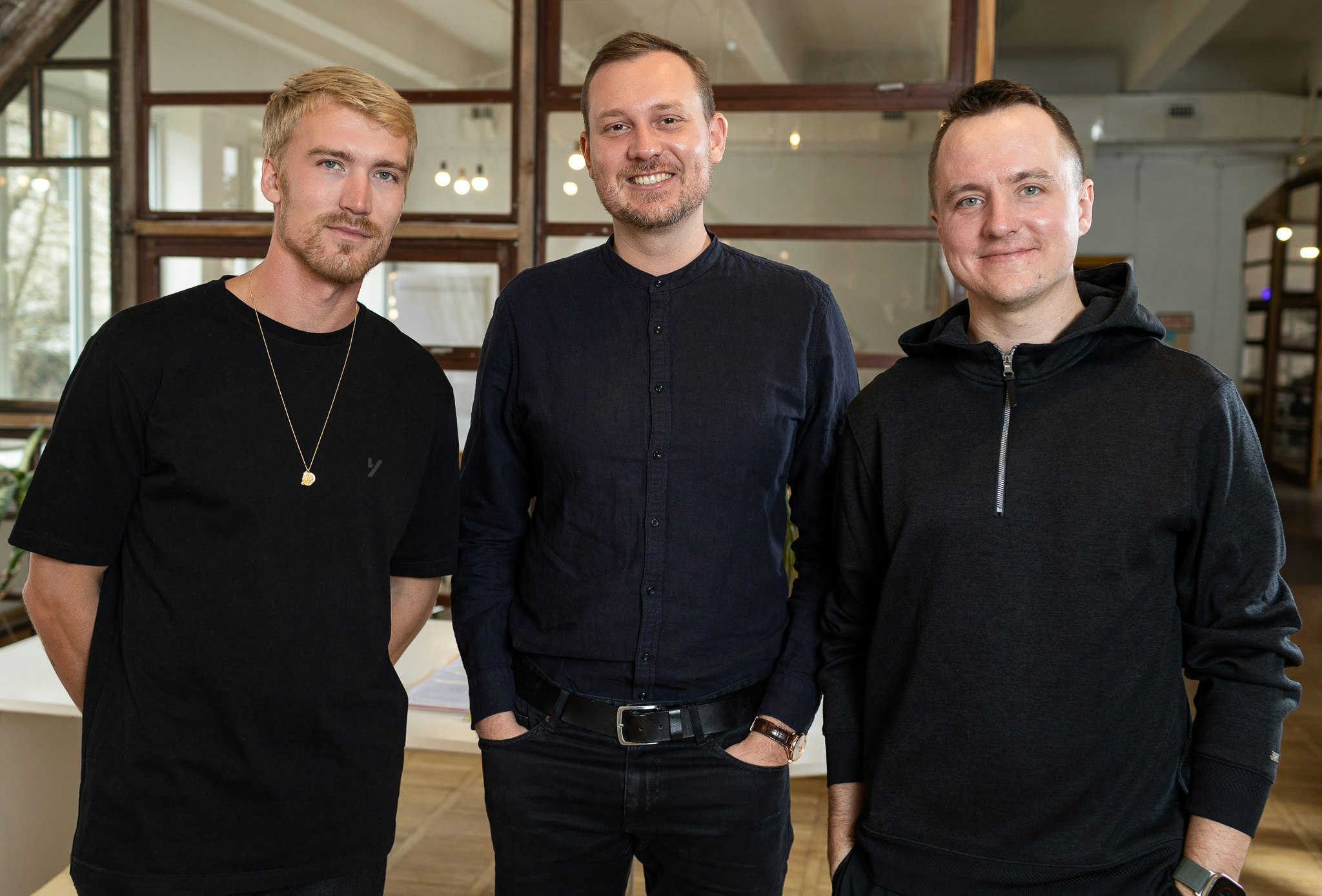At this year’s Sifted Summit, we saw our Startup Life newsletter come to life. We brought top European operators and their practical expertise on stage.
Over two days, the Startup Life Live! Stage covered everything from how to stop your investors from giving up on you during the downturn to how to hire a killer CTO.
Here are a few key takeaways.
Running the show as a solo founder
Valentina Milanova, founder and CEO of Daye, a female health brand, spoke to editor Amy Lewin about how she runs her business as a solo founder — and in particular, how she raised capital from investors, who are often sceptical about whether the lone-wolf thing can work.
So how did she convince investors?
- Having a strong advisory board of pharmacists, chemists and gynecologists — who are all incentivised with equity — helped to demonstrate to VCs in pitches that there were enough “senior minds supporting the go to market of the business,” Milanova says.
- Also, keeping “knocking on doors” and not giving up despite the nos is a lesson all founders can learn from. Milanova pitched to 180 investors for a seed round and 400 for her Series A round. She tried to remind herself every time she had a rejection that “every no brings you closer to a yes”.
Founder burnout
Burnout is a topic that is increasingly getting more airtime in the startup world — with more and more founders coming out to speak about their challenges with mental health while scaling a company at high speed.
VCs are also waking up to the fact that founders need support in this area, with Balderton VC rolling out its own founder wellness programme in July. (Its general partner Suranga Chandratillake joined us on stage for the panel.)
- Hamzah Selim, the founder of mental health platform Mindstep, says that burnout is caused by your internal values not lining up with the output you’re doing.
- Nafisa Bakkar, of Muslim women’s media platform Amaliah, says that raising investment and restructuring her company are two things that burnt her out, as both are “laden with admin”. Last week was her first week back in the office after a three-month break.
- Chandratillake, a former founder himself, acknowledges that running a business will inevitably be stressful — and a high level of performance, much like an athlete, will be required. Founders have to find their own ways of neutralising this stress, but VCs can help too by being more open to conversations on mental health.
- Selim quips that “underneath the Patagonia vest, VCs have a heart”.
Making tech more inclusive of people with disabilities
Startups often fall short when it comes to supporting employees with disabilities — who make up 25% of the UK population.
And by not making their products accessible to people with disabilities, UK companies are losing out on £4.5bn in revenue per year.
Celia Chartres-Aris, a disabled founder and investor, gives Sifted some tips for how companies can support the needs of people with disabilities.
- In the hiring process, ask candidates whether there is anything else they need in terms of accessibility to support them throughout the process.
- Educate yourself and reach out to people on LinkedIn who speak about and advocate for disability. They’ll likely be willing to give advice for free!
- Have a designated person in your team to answer questions and know all about the accessibility measures offered by your company.
- “Don’t put a diversity statement on your website if your site isn’t even accessible,” says Chartres-Aris.
- She added that software such as Mailchimp, AWS, Squarespace and Wix are not very accessible.
How and why to hire a C-suite part-timer
Fractional C-suite members are seasoned professionals who are drafted in on a part-time basis to help companies unearth and solve problems. In comparison to consultants, who dip in, solve a problem over a short-term basis and leave, fractional chief experience officers (CXOs) become integrated into the company’s team. It’s for that reason that Harpal Singh, an interim chief product officer for scaleups, plots his exit strategy and handover plan as soon as he joins a company.
- Anna Kuriakose, CPO of SumUp, which offers payment solutions for small businesses, has held fractional roles before and says that hiring a fractional CXO isn’t necessarily cheaper, but for early-stage startups, it can prevent you from hiring the wrong person full-time when you’re still figuring stuff out. “Companies morph and change as you scale. When you hire a permanent person, you are committing to a certain shape of a person and a shape of a problem. Hiring an interim person reduces the risk of mis-hiring and the expense that comes with that,” she says.
- The key benefit for startups is getting access to experienced talent without the commitment of a full-time salary. “It’s a concept I wish I knew about 10 years ago when I was founding my company,” says Singh, who founded Chik, an AI recommendation engine, in 2011.
- Culture fit is often a key concern for early-stage startups but hiring a fractional CXO is “more about trust than culture”, says Rohan Inneh, a fractional COO and founder of T.R.I, a consulting firm for fractional operational services. “Your fractional CXO has to have your company’s best interests at heart” and should be working towards goals and targets like any full-time employee would be.
Social media strategy 101
Many companies stress about having the perfect social media strategy, investing a lot in beautifully produced videos and expensive ads. But our panellists told us that simpler, more DIY-style content is often better.
For Unfabled, which offers sustainable health and wellness products, cracking how to produce viral content took the company six to nine months, said its CEO Hannah Samano.
“Things take a long time to figure out,” she says, adding that trial and error, “being weird and being yourself” is often the best way to reach people and stack up those views.
Ali Lowry, chief brand officer at Plum Guide, a rural holiday-booking platform, agrees that tapping into a niche is the best way to increase eyeballs on your content.
“People are often interested in things that you wouldn’t expect them to be interested in,” he says. “Zooming in on the smallest topic and offering a unique perspective on something can go a long way.”
For podcast hosts, filming snippets of the show and putting those up on socials can lead to a high conversion rate of people downloading the full episode, says Charlotte Newing, head of commercial at Mags Creative, a podcast production and promotion company.
Look at a podcast as a “piece of user-generated content”, she says: ask your listeners what they want to hear and build episodes around that.


